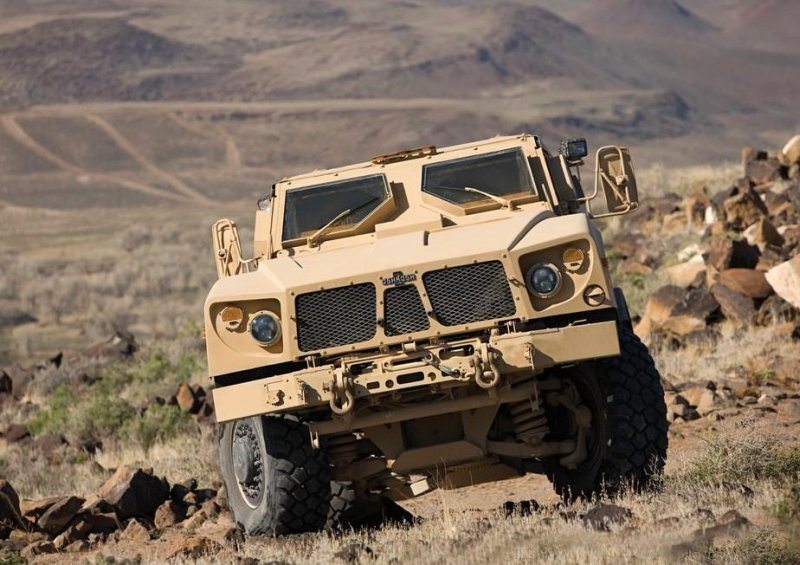At first glance, it seems nothing unusual or hinting of danger — just a few wooden munitions cases piled up in the corner of a vast hangar on the outskirts of Benghazi in eastern Libya.
But the cases’ rectangular shape, their size — about that of a coffee table — and the yellow inscriptions in Cyrillic letters allude to their deadly contents.
Sure enough, when opened the cases reveal Soviet-made SAM-7 missiles, portable anti-aircraft weapons that in the hands of a single person can be used against low-flying aircraft.
About 200 of the missiles were found in this former weapons dump of ousted Libyan strongman Moamer Kadhafi.
At the far end of a rubbish-strewn field, the hangar is now used by the forces of Libya’s National Transitional Council (NTC) to store artillery and ammunition.
It is loosely guarded by NTC fighters, some half-asleep, others lounging with their hands in their pockets at the entrance.
The NTC estimates that almost 5,000 SAM-7s from Kadhafi’s stockpiles are still unaccounted for — raising concerns that the missiles could fall into the wrong hands and be used against civilian aircraft.
Called to the hangar on Saturday, journalists watched as 10 of the SAM-7s were neutralised with hammers, their guidance and firing systems destroyed. The NTC estimates it has neutralised 180 such missiles in recent days.
It is about “showing to the entire world that the new Libya is anxious to contribute to international security,” Mohamed Hadia, the general in charge of armaments at the defence ministry, told journalists at the site.
“These missiles are light, of small size and easy to handle. Even if they are obsolete against modern combat planes, they could be used to destroy a civilian plane on landing or take-off,” he said.
Anti-terrorism experts fear that hundreds of such weapons could have fallen into the hands of extremist groups, such as Al-Qaeda in the Islamic Maghreb (AQIM), or be used in global troublespots.
Germany’s Der Spiegel reported Sunday that Admiral Giampaolo di Paola, who chairs the committee of NATO military chiefs, held a secret briefing for German MPs on Monday in which he said at least 10,000 missiles were loose in Libya.
The missiles present “a serious threat to civil aviation,” the Italian admiral reportedly said.
According to a US State Department report, more than 40 civilian aircraft have been hit by such portable surface-to-air missiles since 1975, causing about 28 crashes and more than 800 deaths around the world.
In November 2002, at least one SAM-7 missile was fired against an Israeli civilian plane in Mombasa, Kenya, but barely missed its target, in an attack claimed by Al-Qaeda.
Known as SAM-7 under its NATO designation and 9K32 Strela-2 in Russia, the surface-to-air missile system was conceived by the Soviet Union in the 1970s, has a range of about four kilometres (2.5 miles) and an infra-red guidance system.
With some training, the shoulder-fired launcher is relatively simple to use by a single person, though it requires regular upkeep, especially of its thermal battery.
“The international community is rightfully afraid of these weapons,” Hadia said. Of the 20,000 SAM-7s bought by Kadhafi “more than 14,000… were used, destroyed or are now out of commission,” he said.
“About 5,000 of the SAM-7s are still missing… Unfortunately, some of these missiles could have fallen into the wrong hands… abroad,” the general said.
A group of US experts stood in a nearby corner as the general spoke. “Five thousand SAM-7s in the wild, we have our work cut out for us,” a member of the group remarked dryly.











